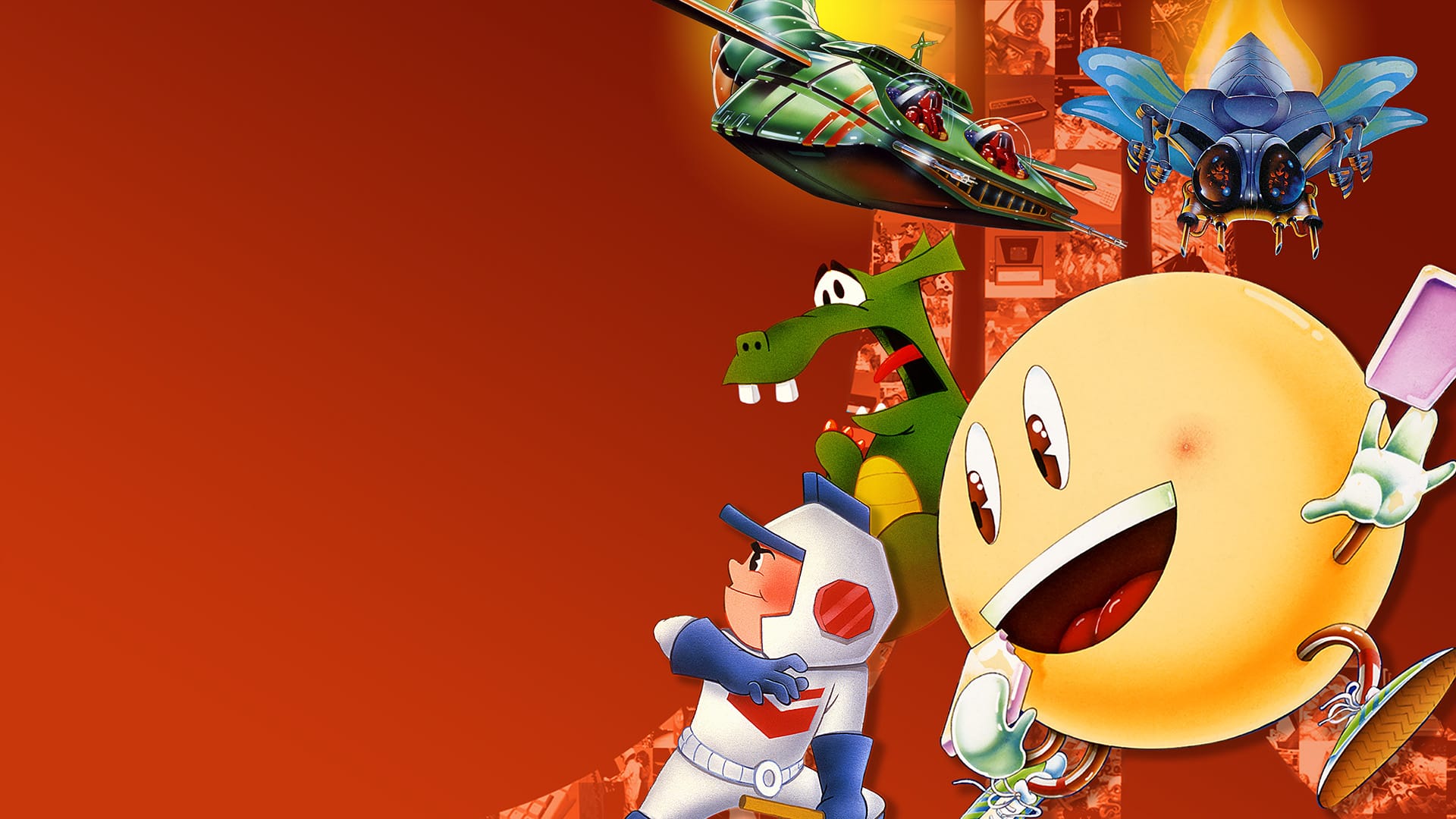Star Trek is one of my favourite science fiction universes. A galaxy where humanity has overcome nearly all petty national differences to establish a futuristic, utopian world without money, based on bettering each other and the rest of society. Earth represents just a part of the greater United Federation of Planets, with hundreds of different alien races working together cooperatively. These days it seems wildly implausible, but in the back of my brain I like to imagine a future time, centuries from now, when it may still be possible. In any case, part of the Federation’s guiding principles is the so-called Prime Directive; that Starfleet should not interfere on worlds which have not discovered faster-than-light travel, and overcome lasting national tensions. Instead, more “primitive” worlds should simply be watched discreetly, and monitored for their development. This kind of monitoring forms the background for The Station. The Station is a fairly short experience, but it is nonetheless highly memorable, featuring some great voice acting and beautiful environments, together with an excellently poignant final twist.

Thematically and stylistically, The Station shares a lot of ground with the 2017 Fullbright game Tacoma. The general overview is that the Espial space station, sent to observe a distant alien world on a scientific and potentially diplomatic mission, has stopped responding to any communications. Its cloaking device has also failed, meaning that the station is visible should any of the aliens below happen to spot it hanging in the sky above them. Concerned for the safety of the crew and the security of the mission, you are sent as an emergency engineer to go in and discover what happened to the Espial and her three person crew. To say any more would spoil the unfolding drama, but generally the plot of The Station is fairly engaging and interesting with several dramatic moments, but features a properly satisfying final twist which is appropriately foreshadowed.
You gradually learn more about the crew of the Espial, their lives and their emotions by listening to some audio logs, and reading transcripts of previous communications. Very much like Tacoma, these transcripts are projected into the air in front of you as a holographic interface. Indeed, the game has a very cool-looking circular computer UI, which you’ll be using regularly through the game. There are no outline people reliving previous moments (ala Tacoma again), but there are audio logs which discuss snippets of previous events. Voice acting is fairly strong, although I wish there was more of it as the audio diaries last only about 20-30 seconds at most. Most of the gameplay involves exploring the Espial, fixing various things that have gone wrong, opening doors to gain access to new rooms and examining items. There are also a couple of puzzles here and there in order to open said doors or find relevant items, and these are pretty straightforward.

The environments are one of the strongest aspects of The Station. While in Tacoma the rooms of the space station felt quite small and cramped, on-board the Espial they are luxurious and almost grand. Each room is full of added detail, with multiple areas to look at and gain a little more backstory of the universe and how the Espial was constructed. Indeed, the design of the station suggests it is normally manned by a much larger crew (the Bridge has seats for perhaps a dozen people), but only has a three person skeleton crew as part of the observation mission. From the beautiful crew quarters to the sterile, clean bridge, the Espial is one large interconnected environment which you gradually explore throughout the game. It’s not enormous, but it feels appropriate cavernous for the few hours playtime.
The Station suffers somewhat from being a bit too similar to Tacoma in several aspects. Both games are set on space stations and both are about one person coming aboard to investigate the station after something goes wrong. Both involve listening to audio diaries and exploring the environment to discover what happened. I imagine the developers were working on The Station well before Tacoma came out, but nonetheless the similarities are worth noting. The game also lacks in added detail in some rooms (such as the kitchen or the medical bay), which means that some areas of the station can feel rather sparse. While there are only three crew people to learn more about, the game never manages to achieve the level of depth in their relationships and troubles that Tacoma did with a crew of six. This can be partly attributed to a differing focus of the story, as The Station drops you into an unfurling mystery as it happens, whereas Tacoma has you exploring everything after the fact.

The Station doesn’t last particularly long, but it left me satisfied at the end. It’s an excellent game to play through in one sitting and enjoy as a continuous cohesive experience. The central message of the game is one which doesn’t reveal itself fully until the end, but resonated with me strongly given the current state of the world and the semi-pervasive feeling of doom and futility it sometimes feels hard to shake off. As Star Trek reminds us, a better world is possible if enough people collectively want it to succeed.




